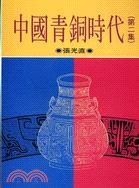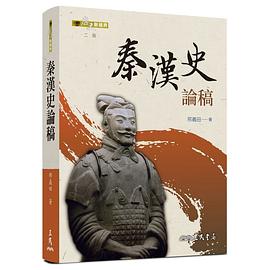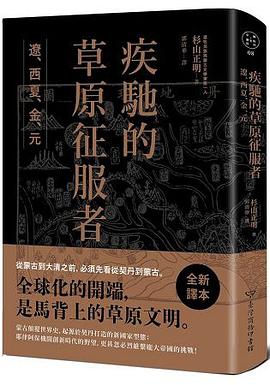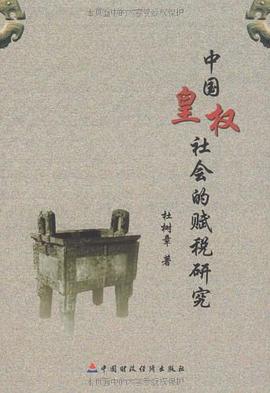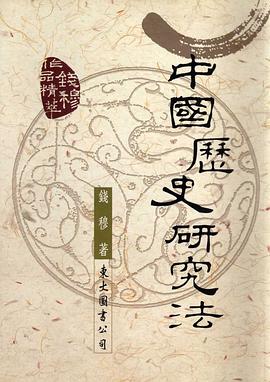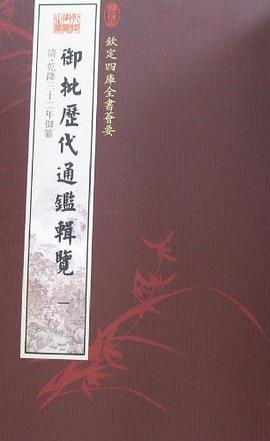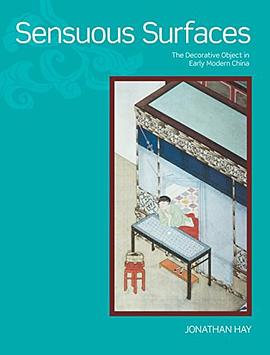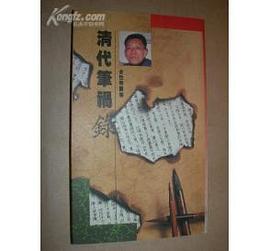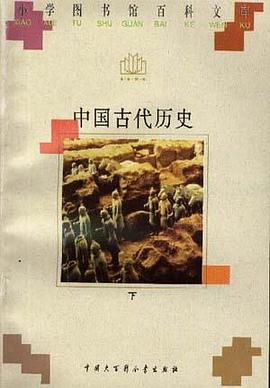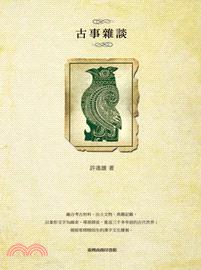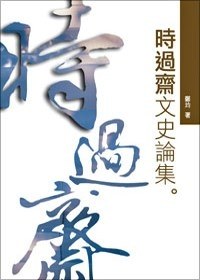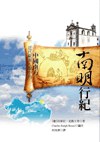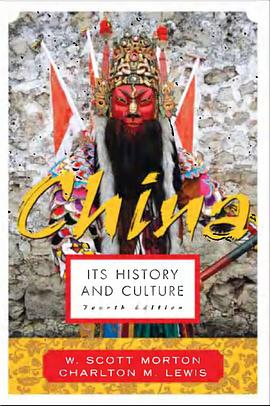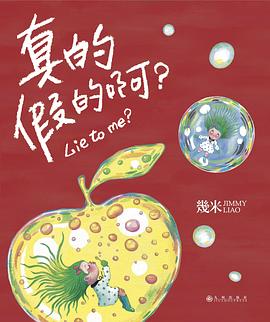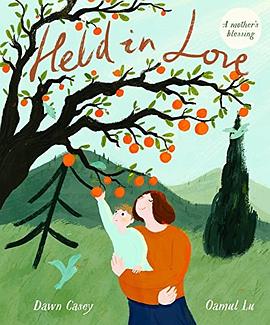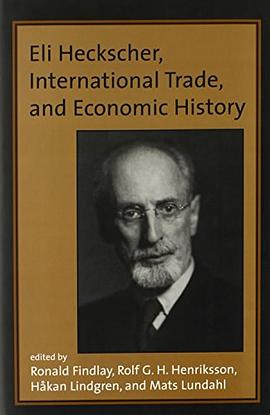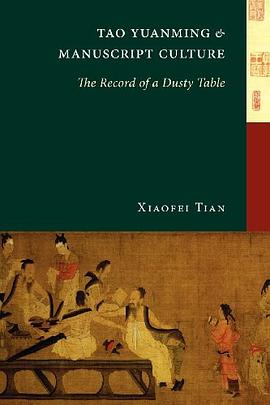
Tao Yuanming and Manuscript Culture pdf epub mobi txt 電子書 下載2025
- 文學研究
- 人物研究
- 中國古代歷史
- Tao Yuanming
- Manuscript Culture
- Chinese Literature
- Literary History
- Cultural History
- Poetry
- Tang Dynasty
- Manuscripts
- Intellectual History
- East Asian Studies

具體描述
As medieval Chinese manuscripts were copied and recopied through the centuries, both mistakes and deliberate editorial changes were introduced, thereby affecting readers' impressions of the author's intent. In Tao Yuanming and Manuscript Culture, Xiaofei Tian shows how readers not only experience authors but produce them by shaping texts to their interpretation. Tian examines the mechanics and history of textual transmission in China by focusing on the evolution over the centuries of the reclusive poet Tao Yuanming into a figure of epic stature. Considered emblematic of the national character, Tao Yuanming (also known as Tao Qian, 365?-427 c.e.) is admired for having turned his back on active government service and city life to live a simple rural life of voluntary poverty. The artlessness of his poetic style is held as the highest literary and moral ideal, and literary critics have taken great pains to demonstrate perfect consistency between Tao Yuanming's life and poetry. Earlier work on Tao Yuanming has tended to accept this image, interpreting the poems to confirm the image. Tao Yuanming and Manuscript Culture is a study of how this cultural icon was produced and of the elusive traces of another, historical Tao Yuanming behind the icon. By comparing four early biographies of the poet, Tian shows how these are in large measure constructed out of Tao Yuanming's self-image as projected in his poetry and prose. Drawing on work in European medieval literature, she demonstrates the fluidity of the Chinese medieval textual world and how its materials were historically reconfigured for later purposes. Tian finds in Tao's poetic corpus not one essentialized Tao Yuanming, but multiple texts continuously produced long after the author's physical demise. Her provocative look at the influence of manuscript culture on literary perceptions transcends its immediate subject and has special resonance today, when the transition from print to electronic media is shaking the literary world in a way not unlike the transition from handwritten to print media in medieval China.
著者簡介
田曉菲,1971年生人,6歲習古詩,古今中外,閱讀頗豐。1985年經過北京大學英語係、心理學係、中文係老師麵試,特招進入北大英語係。而當時年僅14歲的她,以與生俱來的纔情和聰穎,已齣版兩本詩集,名動天下,真正是少年成名。時隔多年,再次齣現在人們視野中的田曉菲已是執教於哈佛大學東亞係的年輕學者田曉菲瞭,不時有佳作問世,顯示瞭她深厚的知識積澱。讓人驚訝於她的纔情之餘,更驚嘆於她學者的嚴謹與智慧,以及她勤奮踏實地走過的每一步。從北大畢業後,田曉菲遠赴大洋彼岸求學,於1998年獲哈佛大學比較文學博士學位,曾在美國柯蓋特大學,康奈爾大學教書,現在哈佛大學任教。
圖書目錄
讀後感
这两周陆续读完《尘几录—陶渊明和手抄本文化》。所以介绍一下这个书。在版刻和印刷发达的宋朝以前,手抄本是文本的流通的重要形式。从陶渊明的种种抄本为切入点,田晓菲介绍了陶渊明集中或字或词的种种异文,审视其可能情况,向读者揭示抄本流通和传播中被不断增删改动,...
評分中国人历来对陶渊明的评价都很高。比如,现代美学家朱光潜说:“可以和陶渊明比拟的,前只有屈原,后只有杜甫。”你看,连李白也没资格。文无第一,武无第二,那凭什么陶渊明的诗就那么好呢?标准谁定的呢? 原来,陶渊明的诗,并不是一直都有这么高的地位,是到了特定年代,特...
評分这个关于文本的讨论的中心问题,我想可以归结为这样两个最寻常不过的相对相生的概念——阅读与写作。在此书中,作者着力于提出一个很“普遍”的现象作为我们反思的出发点,就像歌德那两句诗说的那样:“爱在深夜里创造了你,你也在创造爱。”当我们在我们的时代阐释阅读某位作...
評分我这个人,脾气很不好。动辄喜欢攻击别人。前两天和别人一起出去,吃饭时仿佛同行的人故意要吹些耳边风给我听,说某某人总以为自己了不得,总以为别人不如他,所以如何如何……我听着很不是滋味,心想你们俩和我也是熟人,何必这样呢?可以给我提意见嘛。但其实,人家若给我提...
評分这本书着重探讨在手抄本时代陶渊明形象的建构过程。用田晓菲的话讲,这是一建构过程本身陷入了一种“阐释怪圈”,即“用心目中陶渊明形象为基础来选择异文,然后再反过来用选定的异文‘证实’心中的陶渊明形象”。田晓菲有着诗人的敏锐直觉与文本钩玄能力——在她的另一部住著...
用戶評價
相關圖書
本站所有內容均為互聯網搜索引擎提供的公開搜索信息,本站不存儲任何數據與內容,任何內容與數據均與本站無關,如有需要請聯繫相關搜索引擎包括但不限於百度,google,bing,sogou 等
© 2025 book.quotespace.org All Rights Reserved. 小美書屋 版权所有

